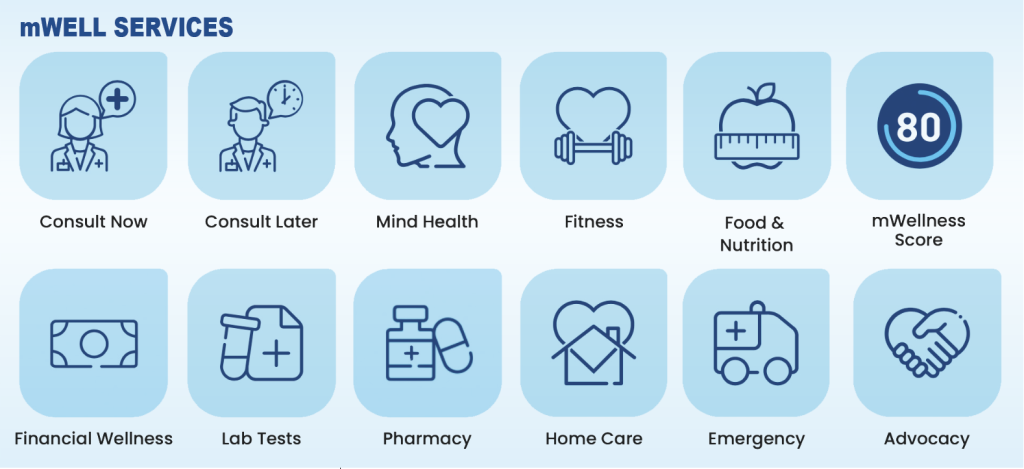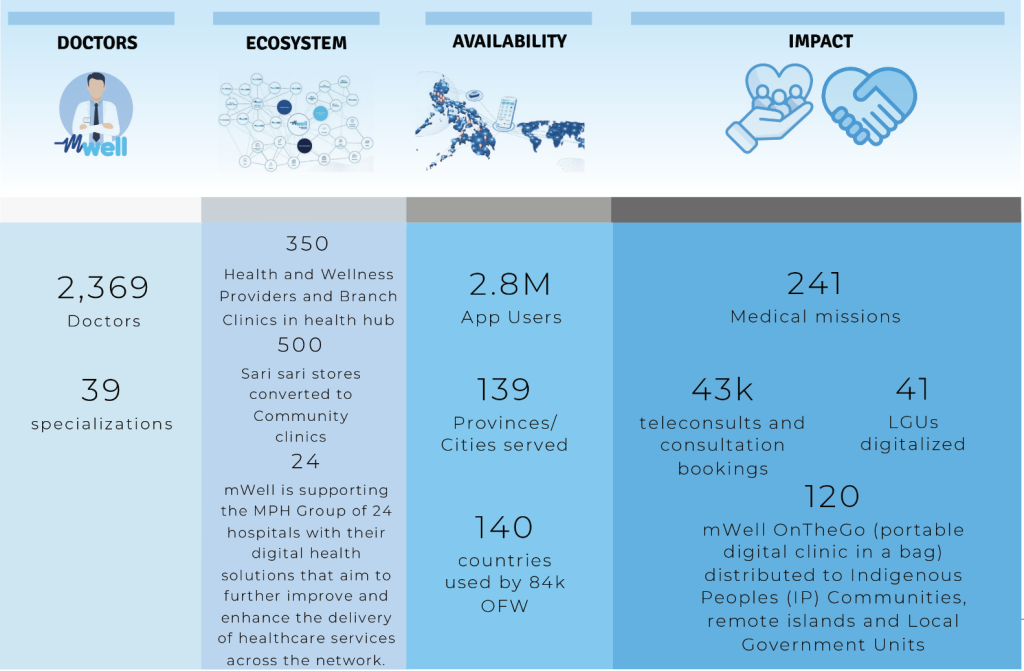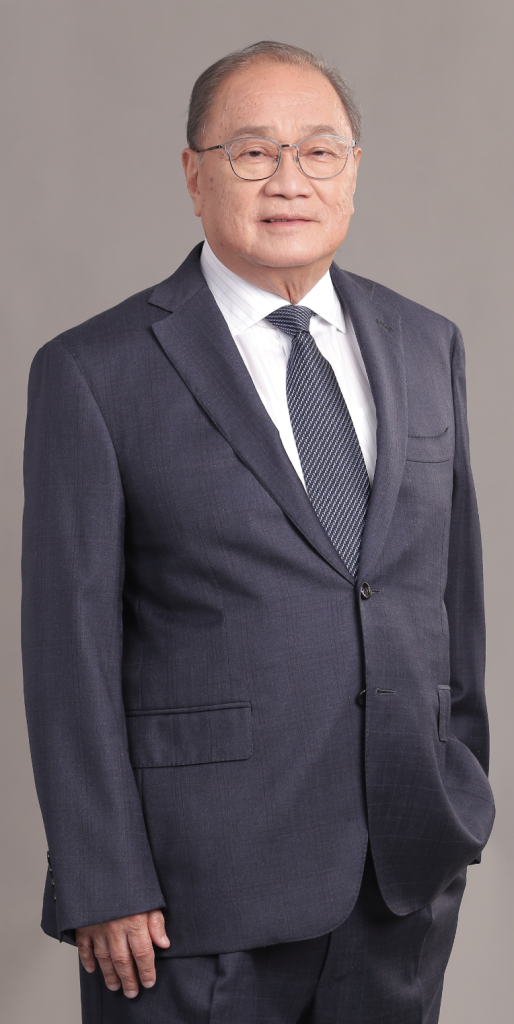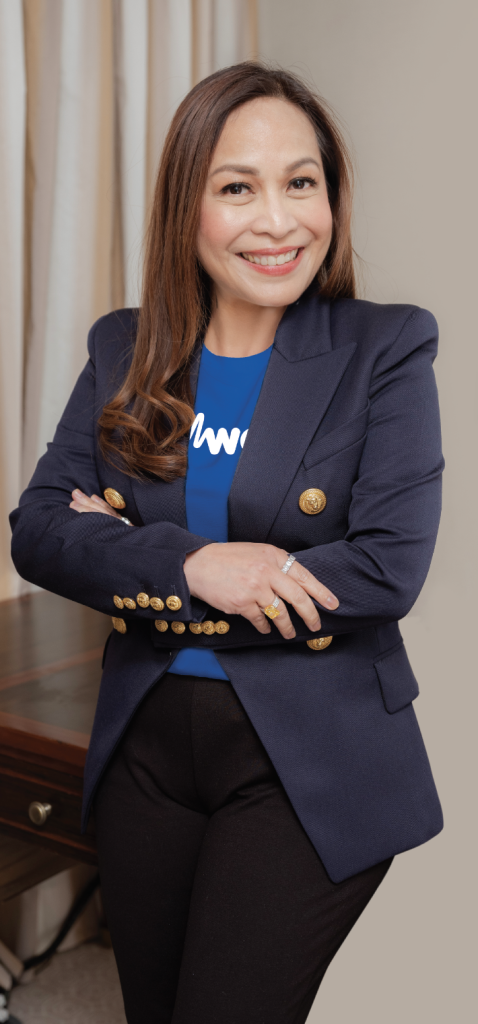MPIC’S TELEMEDICINE REVOLUTION
By Antonio S. Lopez


Under the 1987 Philippine Constitution, health care is the right of every Filipino.
Article II (Declaration of Principles and State Policies), Section 15 of the charter provides: “The State shall protect and promote the right to health of the people and instill health consciousness among them.”
Says Article XIII, Section 11 of the 1987 Constitution: “The State shall adopt an integrated and comprehensive approach to health development which shall endeavor to make essential goods, health and other social services available to all the people at affordable cost.”

Challenges
Sadly, the Philippines government faces key challenges in its health sector that impede its ability to provide quality, accessible, and equitable healthcare to the over 116 million Filipinos living in the country, says the US Agency for International Development.
These challenges include global health crises and natural disasters, weak health systems performance, and gaps in the continuum of care.
Underserved populations continue to suffer from a high prevalence of tuberculosis (TB)—including multidrug-resistant TB; a concentrated HIV epidemic; rising infectious disease outbreaks—including measles, dengue, and zoonotic diseases; high unmet need for family planning; high teenage pregnancy rates; and preventable maternal and newborn deaths.
Adds the US agency: Out-of-pocket expenditure still accounts for a significant proportion of health spending, putting Filipino families at risk for impoverishment when accessing health services.
Cross-cutting issues like gender inequality and the impact of climate change also affect people’s access to quality healthcare.

Six of ten Filipinos die without seeing a doctor. There is only one doctor for every 26,000, 2.6 times the ideal ratio of one for every 10,000.
For those with a little money, up to half of their expenditures goes to health care.
Health care poverty
Half of Filipinos or 60 million Filipinos experience healthcare poverty, according to the World Health Organization.
Millions live a considerable distance from the nearest clinic, lack sufficient health literacy, and cannot afford the cost of healthcare. This is common in rural areas but also present in urban slums. The local Barangay Health Centers struggle with lack of resources ranging from shortages of doctors and nurses to inadequate supply of equipment and medicines, reports the WHO.
Nursing shortage
According to the Ateneo School of Government, the Philippines is among the largest exporters of nurses globally. Yet, the country suffers from a critical shortage of nurses domestically. The nurse-to-patient ratio is high–one nurse for every 60 patients. The World Health Organization projects the local nursing shortage to reach 250,000 by 2030.
Universal health care
In response, the government launched in 2016 Health for All. It seeks universal health coverage is the platform for health and development in the Philippines – driven by action within and outside the health sector.
• Reducing health inequities is singled out as the most important priority among three three health guarantees:
• Ensuring financial protection for the poorest people
• Improving health outcomes with no disparities
• Building health service delivery networks for more responsiveness
Sadly, health care for Filipinos has been inadequate, grossly inadequate.
Enter mWell. It is telemedicine on steroids. It is distance healing, with the warmth and engaging presence of technology humanized. mWell was borne out of the challenges of the COVID-19, the worst pandemic in a century.
After the pandemic, MPIC, under Stanford-educated visionary tycoon CEO Manuel V. Pangilinan or MVP stepped up efforts to find a “new normal” solution so that its member hospitals – numbering 26 today, could resume full services to patients, while keeping hospital foot traffic to a safe minimum.
Virtual consultation
MPIC thus introduced virtual consultation, along with services like e-pharmacy, mobile laboratories, remote patient monitoring and continuity of care beyond the hospital room.
In other words, the whole panoply of health care services as the latest and best in technology could allow.
MVP has tasked June Cheryl “Chaye” Cabal Revilla to be on top of the new enterprise called mWell as the app becomes “the family’s all-in-one health and wellness partner”.
Cabal-Revilla, CEO and president at mWell and MPIC chief finance, risk and sustainability officer, is a career finance whiz kid of the MVP group.
She earned her Bachelor of Science in Accountancy from De La Salle University and her Master of Business Management from Asian Institute of Management.
She also attended the Stanford Executive Program of Stanford Graduate School of Business.
Prior to MPIC Chaye held key positions in the PLDT Group, including: senior vice president; group controller of PLDT, Inc.; chief finance officer of Smart Communications, Inc; chief sustainability officer of the PLDT Group; and chief finance officer/treasurer of PLDT-Smart Foundation.
Her outstanding financial management skills earned her multiple distinctions, including: CFO of the Year, Asia’s CFO Excellence Awards (Singapore, 2019); CFO of the Year, Philippine Leadership Awards (Philippines, 2019); CFO of the Year Award – Excellence in Financial Planning and Analysis (Singapore, 2018); CFO of the Year, Excellence in Women Leadership (Malaysia, 2018); CFO of the Year, Golden Globe Tiger Award for Women Leadership (Malaysia, 2018); CFO of the Year Excellence Award (Philippines, 2014).
Explains Cabal-Revilla of mWell’s significance:
“As the Philippines’ healthcare mega app, mWell’s innovative digital solutions enable us to respond to our countrymen’s needs, ensuring good health for economic productivity and nation- building through a fully integrated, sustainable, and future-proof digital platform. Our many awards for mWell inspire us to continue making health and wellness affordable, available, and accessible to every Filipino anytime, anywhere.”
“During COVID, the country’s healthcare system faced unprecedented challenges because of the pandemic, caused by a virus that was unfamiliar, and seems easily transmitted,” recalled MPIC CEO Pangilinan.
Accordingly, MPIC tapped its vast array modern information and communication technologies to virtually connect medical professionals with patients in lieu of actual physical meet-ups in hospitals or clinics.
The new normal
Telemedicine thus became the new normal.
“Telemedicine augments the delivery of primary health care most especially in our country, where the doctor-to-patient ratio is a challenge,” said Eriene C. Lao, chief information officer of Metro Pacific Hospital Holdings, Inc. (MPHHI).
Telemedicine held the promise of safely delivering patient-centered care in this pandemic era, with its advantages.
Lao explained that telemedicine, and remote patient monitoring, could allow for earlier management of chronic diseases, while minimizing the need for patients to leave home, if not critically necessary.
“There are operational benefits here,” she said. “Hospitals can optimize the utilization of their bed capacity, improve the efficiency of healthcare workers, allow collaboration of medical teams from across different hospitals, and give remote hospitals access to more experienced medical practitioners in the bigger hospitals.”
Lao is quick to acknowledge that despite the seeming advantages of telemedicine, face-to-face interaction between doctor and patient retains considerable importance.
mWell has been singularly designed to meet the needs of two important customer bases of the healthcare industry: People with mental illness (easily a third of the population) and overseas Filipino workers (OFWs) numbering 12 million in over 130 countries.
